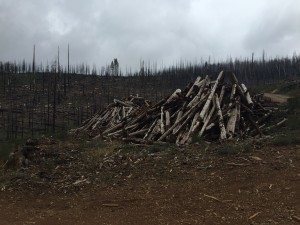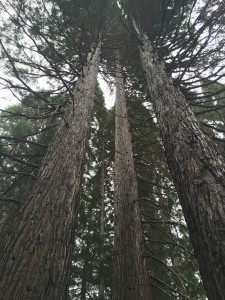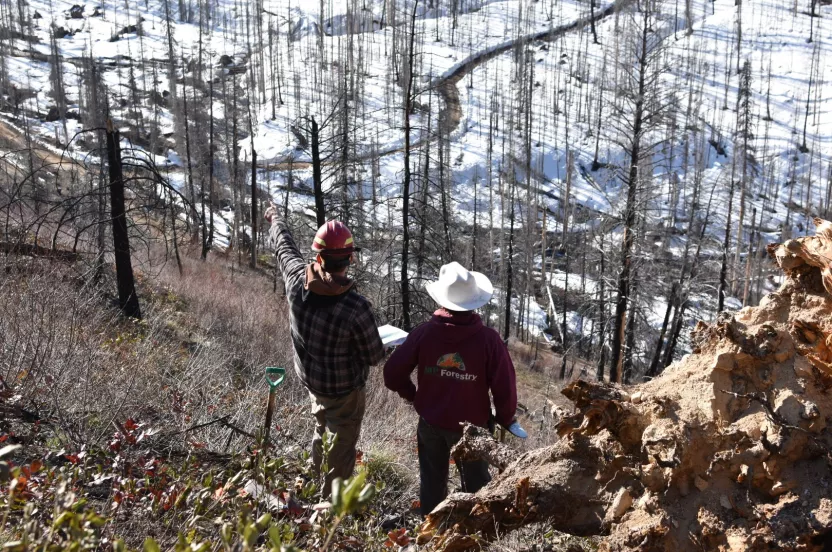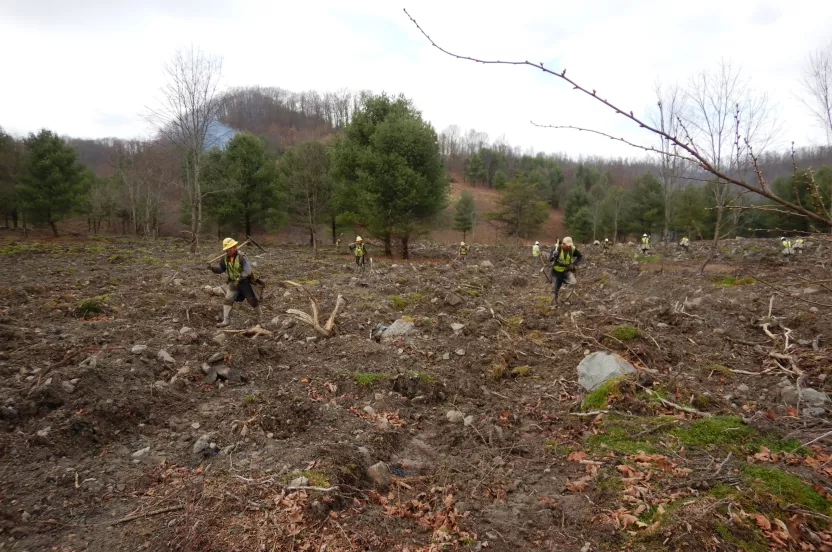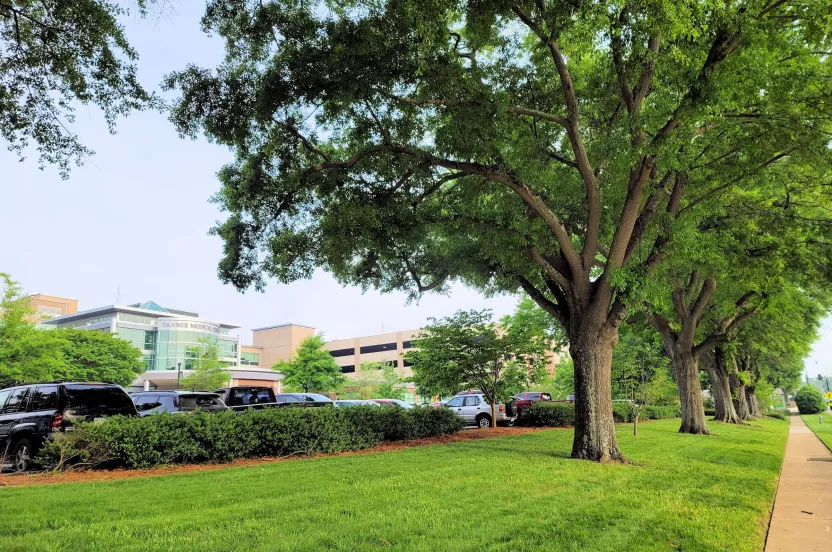Now live: The 2025 Canopy Report. Learn how Americans see trees. GET THE REPORT
One of the joys of hiking is the serenity that suppress you when you’re in the wild. The calm of the forest, the scent of freshwater and pine needles. This temporary detachment from life isn’t something easily found, but when it is you build a continuous yearning to return to it.
A few weeks ago, I visited Tahoe National Forest to witness forest restoration firsthand after the destructive American River Fire that has deprived thousands of visitors of their solace in the wild. In 2013 the American Fire burned through 22,500 acres of trees, leaving the need to restore at least 7,300 acres of forest in order to preserve the Tahoe National Forest land.
I spent the day wandering through the forest torn between inspiration and concern. It was inspiring to witness, firsthand, the difference our supporters are making in the restoration of this beautiful area. And yet, there were moments when that inspiration was subdued by the grey haze of forests currently burning all around us.
The Butte Fire, Rough Fire and Valley Fire were not too far and were less than forty percent contained. Additionally, we had more immediate concerns to deal with. The charred forest presented its fair-share of obstacles, including a large number of snags—dead trees that can fall without warning. It’s a sinking feeling, knowing the reason for wearing a hardhat is out of the safety of a falling tree and not a falling acorn.
We visited four different sites where seedlings had been planted and learned how the planting grids were established and their timeline for coming back to hand-release competition from surrounding new seedlings.
Thanks to the support of our members through the Trees In Memory and Trees in Celebration program, more than 600,000 incense cedar, Jeffrey pine, ponderosa pine, sugar pine and Douglas-Fir trees will be planted across 2,600 acres of forestland, restoring wildlife habitat and natural beauty to a treasured land.
These visits to our replanting sites leave me humbled by the large scale of need and excited about the potential for recovery. Upon our return to Foresthill, California we stopped at a 100-yr old Giant Sequoia grove. Exploring these massive beauties reminded me of what treasures our forests are. But a forest without trees isn’t a forest.
Visit Replanting our Forests to learn more about our replanting efforts.
